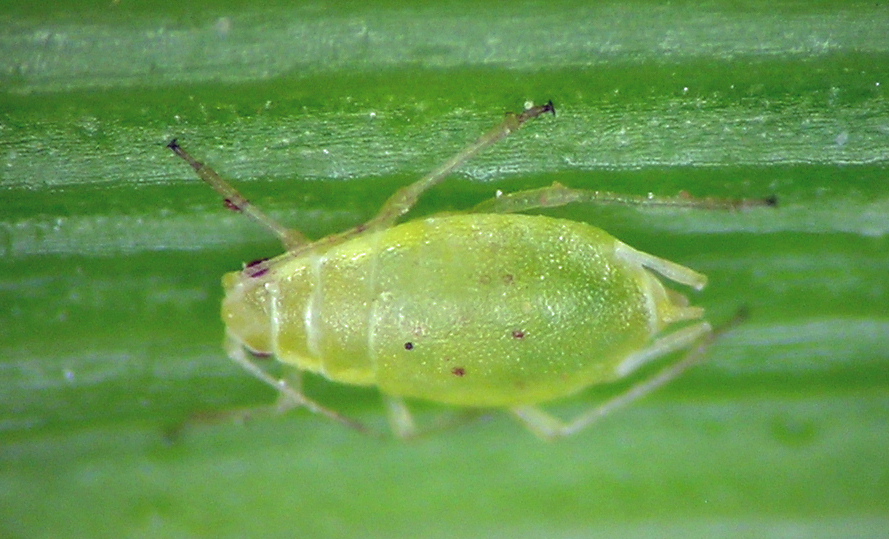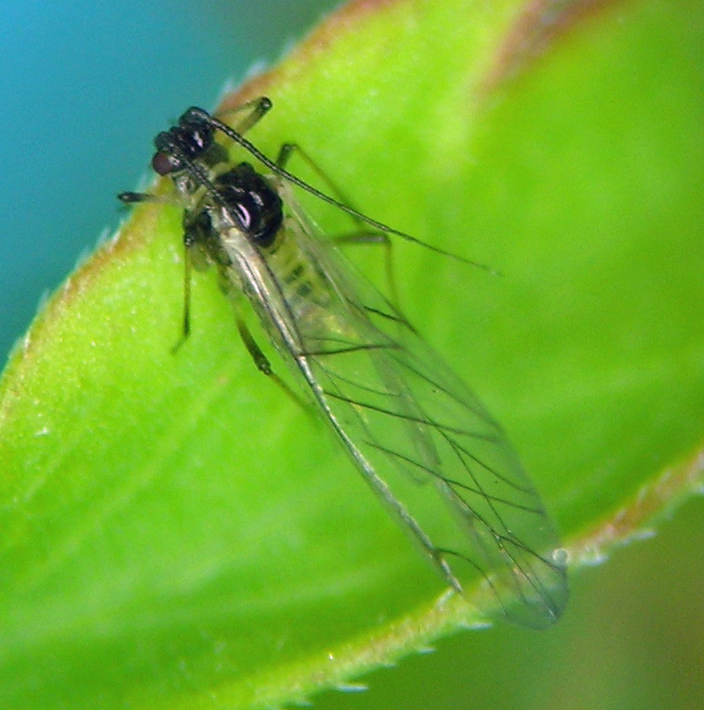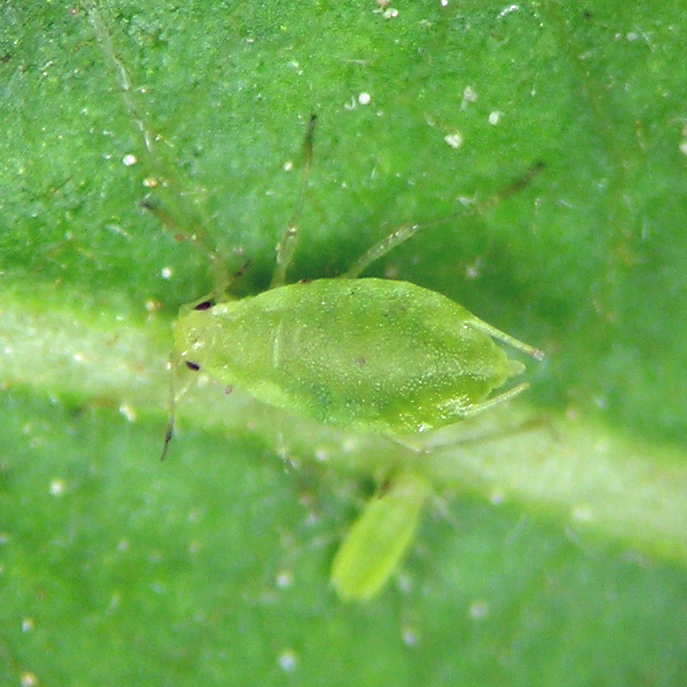Cavariella del Guercio
This page updated: December 2024.
This is another genus that in North America is composed mostly of non-native species, at least in terms of the species that are most often seen and collected. Life cycles usually involve Salix and Umbelliferae (Apiaceae). Some appear to be legitimately native to north America. In recent years I’ve picked up a mysterious, unidentifiable species on a native umbel in the forests of southern Oregon. See my notes on C. digitata below for an update on that work.
Species covered below (click on the name to jump to that species):
- Cavariella aegopodii (Scopoli)
- Cavariella digitata Hille Ris Lambers
- Cavariella pastinacae (Linnaeus)
Cavariella aegopodii (Scopoli)
This is one of the common pest aphids all across North America, often feeding on carrots and other cultivated Umbelliferae. However, it is like a handful of other introduced species that have penetrated all sorts of natural systems in North America. I have it from many hosts and habitat types in North America and Europe.
Cavariella digitata Hille Ris Lambers
This is one of the species of Cavariella that appears to be native to North America. When I first found it in 2004 I was delighted, thinking I’d found a rare and unusual species. Species that seem rare are often far more common than thought once concerted effort is made to find them. This is the case with C. digitata. Once my search image was formed, I found this aphid on willows in Idaho, Oregon, California, New Mexico, Wyoming, and Alberta (Canada). Then, in 2016 I found a small Cavariella on small unidentified umbels growing in the forest of southern Oregon. These specimens had cylindrical siphunculi as in C. digitata but had extremely short 4 or 5-segmented antennae. The latter brought pause as to species identification since C. digitata was known to have (5) 6-segmented antennae. Subsequently I tried to accumulate more material of C. digitata from Salix and these mysterious short-antennae specimens from umbels in the forest.
My taxonomy skills with Apiaceae (i.e., Umbelliferae) are poor, feeling daunted by the frequent need to have both flowers and fruits to run through a key. So, I have recently relied on picture books. From those picture books, the host(s) of the mysterious umbel feeders seem to be Sium and/or Oenanthe.
Having accumulated umbel samples from many sites in Oregon, plus a sample each from California and Colorado, during December of 2021 I sat down to consider whether the forms on Salix and umbels should be considered the same species. I decided they should. My initial concern with the 4 or 5-segmented antennae on specimens from umbels was alleviated by looking at the full range of variation from both primary and secondary hosts in both apterae and alatae. This species seems to be unusually variable in terms of antenna length and proportions of the segments. Some specimens even vary from one side to the other in terms of segmentation and total length. Another troublesome character is that small specimens can entirely lack accessory setae on the ultimate rostral segment. This character is sometimes useful in constructing keys to Cavariella, but it’ll be a problem now that C. digitata is better-known!
Cavariella pastinacae (Linnaeus)
This is another common introduced European species, frequenting both managed and natural systems, feeding on willows (Salix) as primary host, alternating to Umbelliferae, especially Heracleum (cow parsnip). It likely occurs across most of the U.S. and Canada, and I often walk by it without collecting it.




